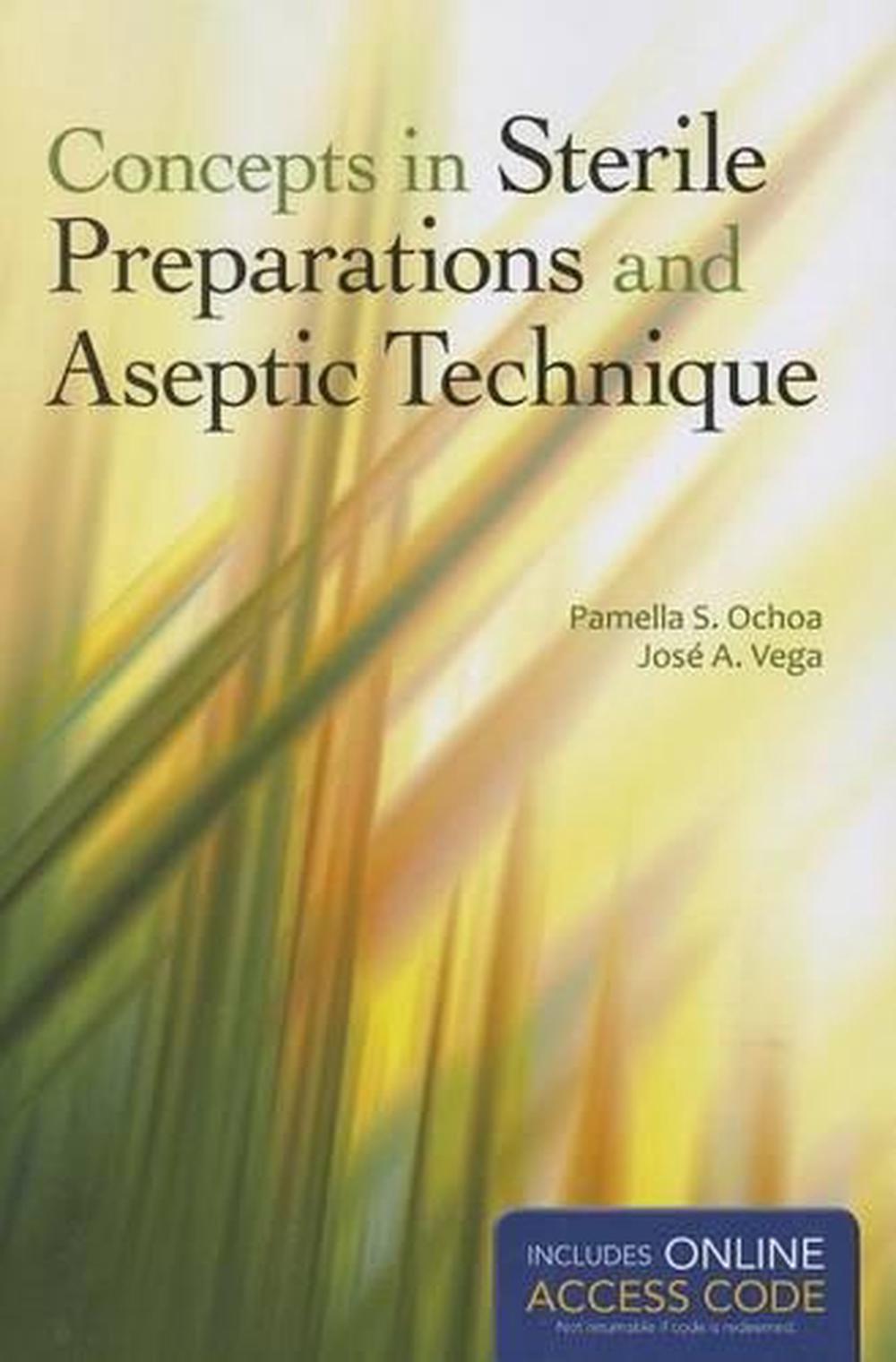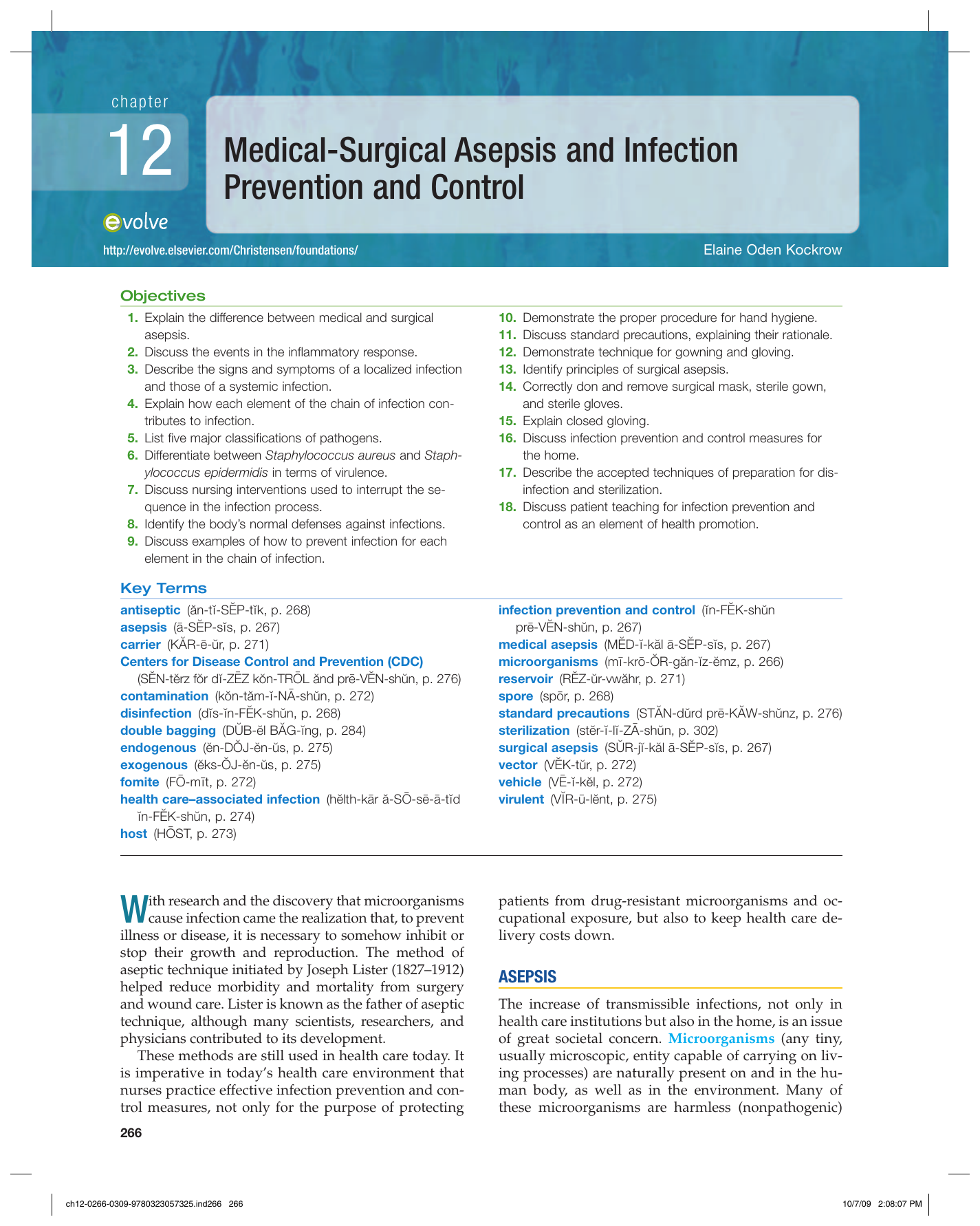

When discussing aseptic technique it is important to understand the relevant terminology. Patients with MROs experience challenges related to failure to respond to routine antibiotics, causing prolonged therapeutic regimens and use of antimicrobials with potentially problematic side effect profiles (NSQHS 3). Depending on the site of infection, patients with this complication may experience a range of distressing symptoms including fevers, chills, pain, hypotension and dizziness, tachycardia, collapse, delirium, cough, shortness of breath, urinary frequency, diarrhoea, purulent discharges, wound breakdown, and even death (NSQHS 3).Įach year, patients in Australia develop a large number of hospital-acquired multiresistant organisms (MROs), with 3,768 occurring in public hospitals in 2015–16. These conditions create ideal opportunities for the adaptation and spread of pathogenic infectious agents (NSQHS 3).Ī hospital-acquired infection may occur in the presence or absence of an invasive procedure or device. They undergo invasive procedures, have medical devices inserted, and receive broad-spectrum antibiotics and immunosuppression therapies. In Australian healthcare settings, patients are often treated in close proximity to each other. While the principles of aseptic technique remain constant for all procedures, the level of practice will change depending upon a standard risk assessment (Qld Department of Health).

Aseptic technique protects patients during invasive clinical procedures by employing infection control measures that minimise, as far as practicably possible, the presence of pathogenic organisms (Tasmanian Infection Prevention and Control Unit). It aims to prevent microorganisms on hands, surfaces and equipment from being introduced to susceptible sites. ANTT® has become the de facto national standard aseptic technique in England, Australia and Wales and is now used in over 30 countries and is rapidly expanding (ANTT® website).Īseptic technique is a procedure used to prevent the spread of infection.
Standard principles of asepsis professional#
The following excerpt is from the ANMF’s Aseptic Technique (ANTT®) tutorial on the Continuing Professional Education (CPE) website.Īseptic Non Touch Technique (ANTT®) is based upon a set of foundation principles and safeguards set out in the ANTT® Clinical Practice Framework.


 0 kommentar(er)
0 kommentar(er)
